Red wine has a rich, fascinating history dating back over 8000 years. It’s no wonder that with such a staggering length of time, there are so many types of red wine available, so choosing the right wine can also be a daunting experience!
Whether you’re new to wine or an avid enthusiast, understanding red wine types, their flavour profiles, and how to enjoy them can transform your tasting and purchasing journey.
This guide will dive into the essentials of red wine, offering tips on choosing, pairing, and enjoying our exceptional red wine varieties.
The timeless crimson drop of red wine is crafted from fermenting dark-skinned grape varieties. Its history traces back to ancient Mesopotamia, Egypt, and Greece, where winemaking is estimated to have started around 5000 BC.
What makes red wine distinct? It’s all about the skins. The deep hues, tannins, and complex flavours of red wine come from fermenting the grape juice with the skins. The result? A spectrum of flavours, from vibrant cherry and earthy spices to bold blackberry and cocoa notes.

Its production process sets red wine apart from white or even rosé wines. Red wine is fermented with grape skins left on that impart colour, tannins, and deeper flavours.
Two fundamental techniques elevate red wine’s texture and flavour:
The red wine-making process results in a drink that tastes full, round, and rich, often leaning into flavours of berries, chocolate, and earthy tones.
Red wine encompasses a broad range of varietals, each with its unique personality. Here’s a quick introduction to some of our favourite red wine categories:
Cabernet Sauvignon (Cab Sav) is a bold, medium-bodied wine with fine tannins, often accompanied by blackberry, blackcurrant, and cedar notes. Usually aged in oak, this popular red wine type develops dark chocolate and tobacco hints. Originating in France, it thrives globally, including in Australia, where it delivers consistently in intensity and depth of flavour.


Merlot is the easy-drinking, versatile favourite that red wine lovers cherish. With soft tannins and lush flavours of plum, cherry, and cocoa, it’s approachable yet elegant—a great choice for dinner with family or friends, social gatherings, or simply unwinding with a glass at home.
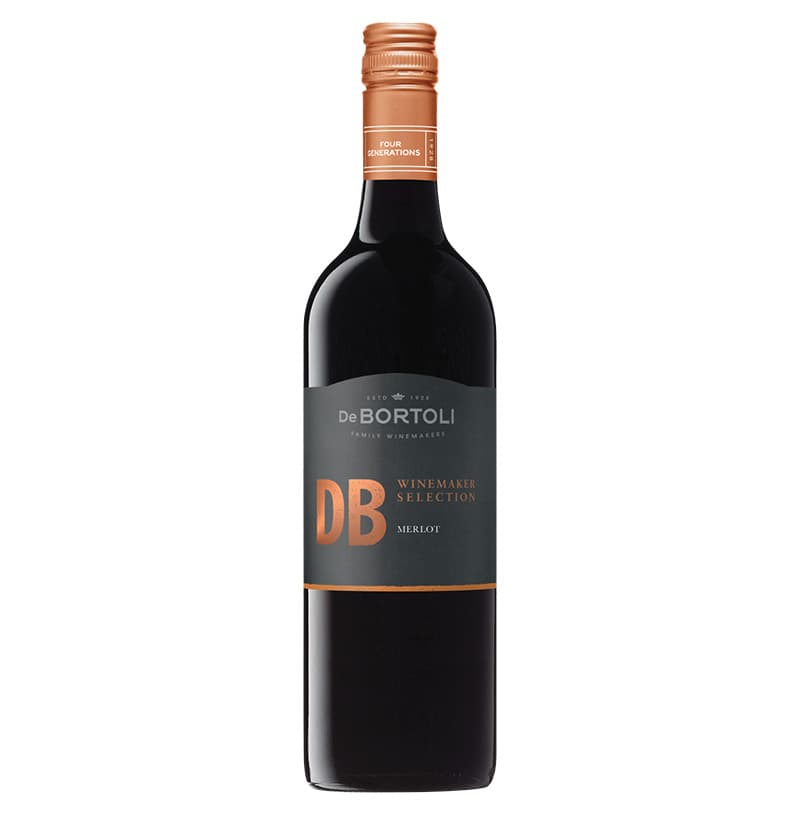
Australia’s signature red, Shiraz (or Syrah), is rich, robust, and full of character—and as a bonus, it is packed full of antioxidants! Bursting with ripe blackberry, cracked pepper, and hints of dark chocolate, this bold wine pairs beautifully with intense flavours and hearty meals, making it a staple for celebrations and flame-grilled meats on the BBQ.
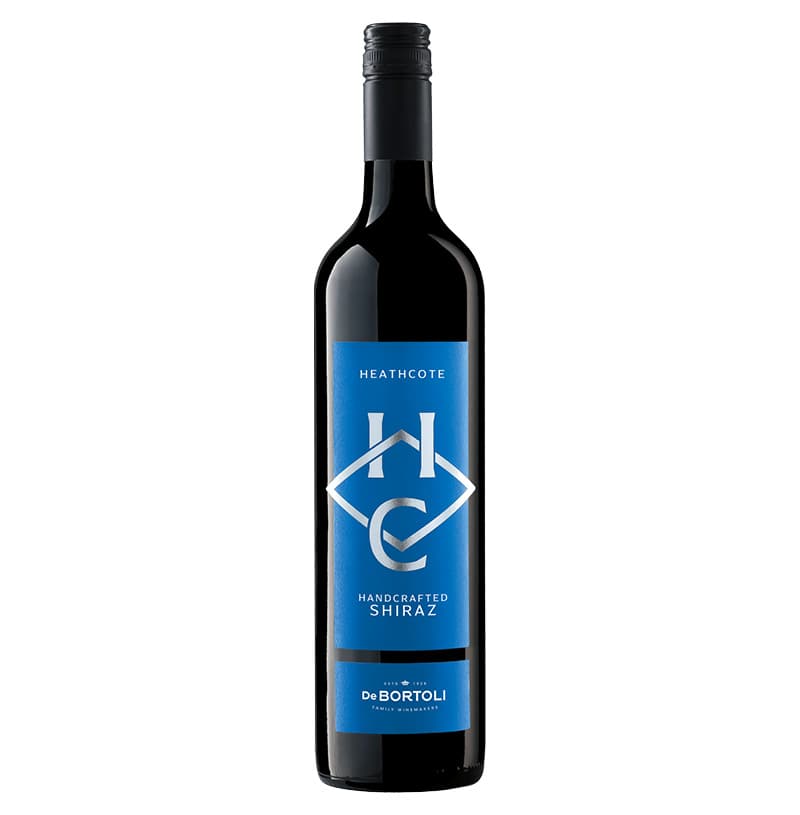
Originating in Spain, Tempranillo is a medium-bodied red often accompanied by complex flavours of cherry, leather, and warming spice. Tempranillo is a fantastic choice for adventurous wine enthusiasts or anyone seeking a smooth yet intriguing wine that pairs wonderfully with Mediterranean cuisine.

Grenache is an exciting red wine variety, often with vibrant raspberry, blackberry, and subtle spice flavours. Known for its versatility, it’s delightful on its own or as part of a blend, with roots in Mediterranean regions and a strong presence in Australia since the mid-1800s.

When choosing a red wine, there’s no one-size-fits-all answer. The key is to consider factors like body, tannins, sweetness, and personal preferences.
Here’s how to narrow it down and find the kinds of red wine to try first:
If you’re new to red wine, you might want to start with something lighter and fruit-forward, such as Pinot Noir or Merlot. These wines are generally smoother and easier to drink, with softer tannins, more approachable flavours and lower alcohol content.
Consider a Cabernet Sauvignon or Shiraz for a complex, bold wine perfect for a special dinner or celebration. These wines have a fuller body and a more pronounced tannin structure, making them ideal for pairing with rich, hearty, fragrant meals.

One of the joys of red wine is its ability to elevate a meal. The rich and diverse flavours in red wine can complement, contrast, or enhance the elements of many dishes.
Here are some suggestions to help you create perfect red wine and food pairings:
The natural tannins in red wine make it an excellent match for meat dishes:
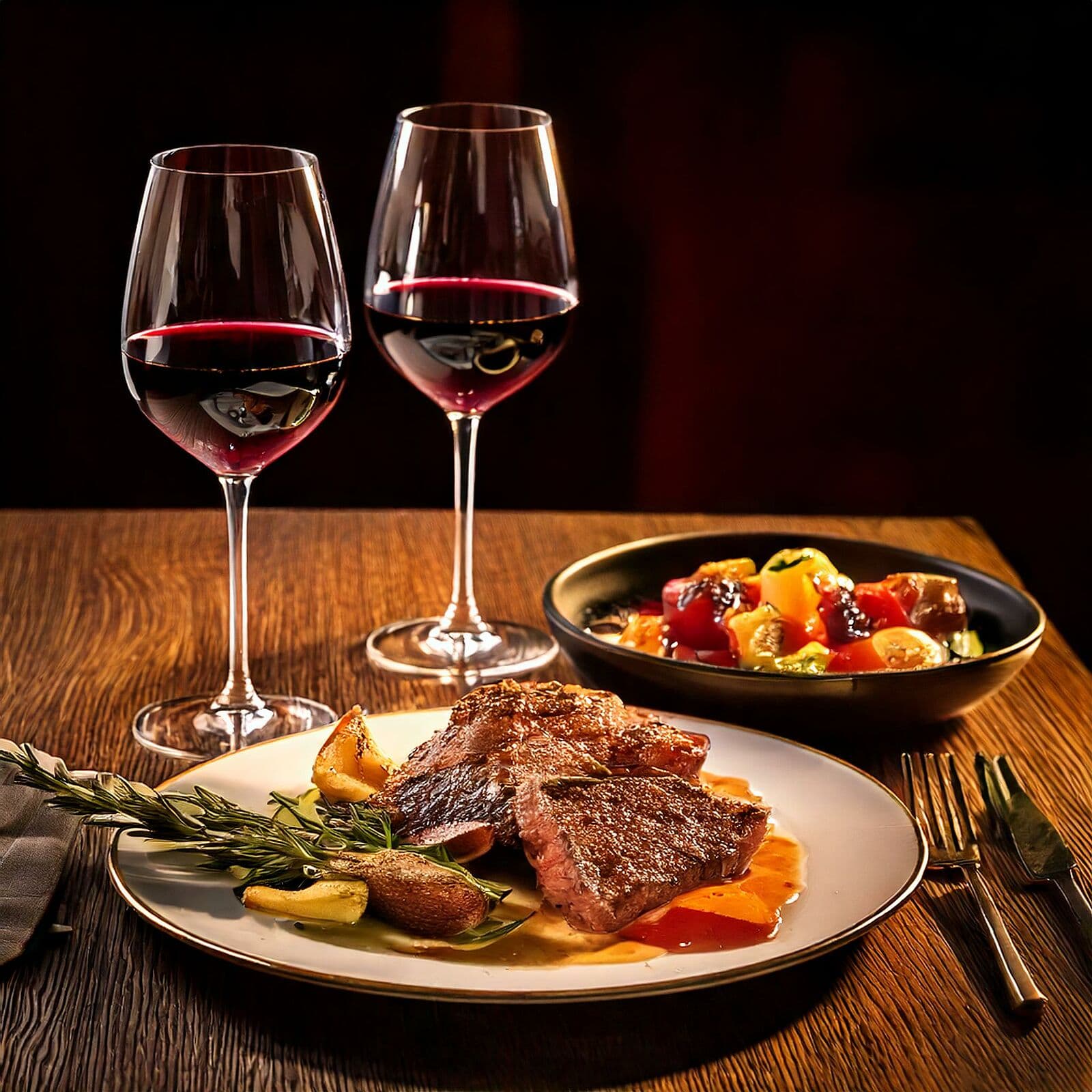
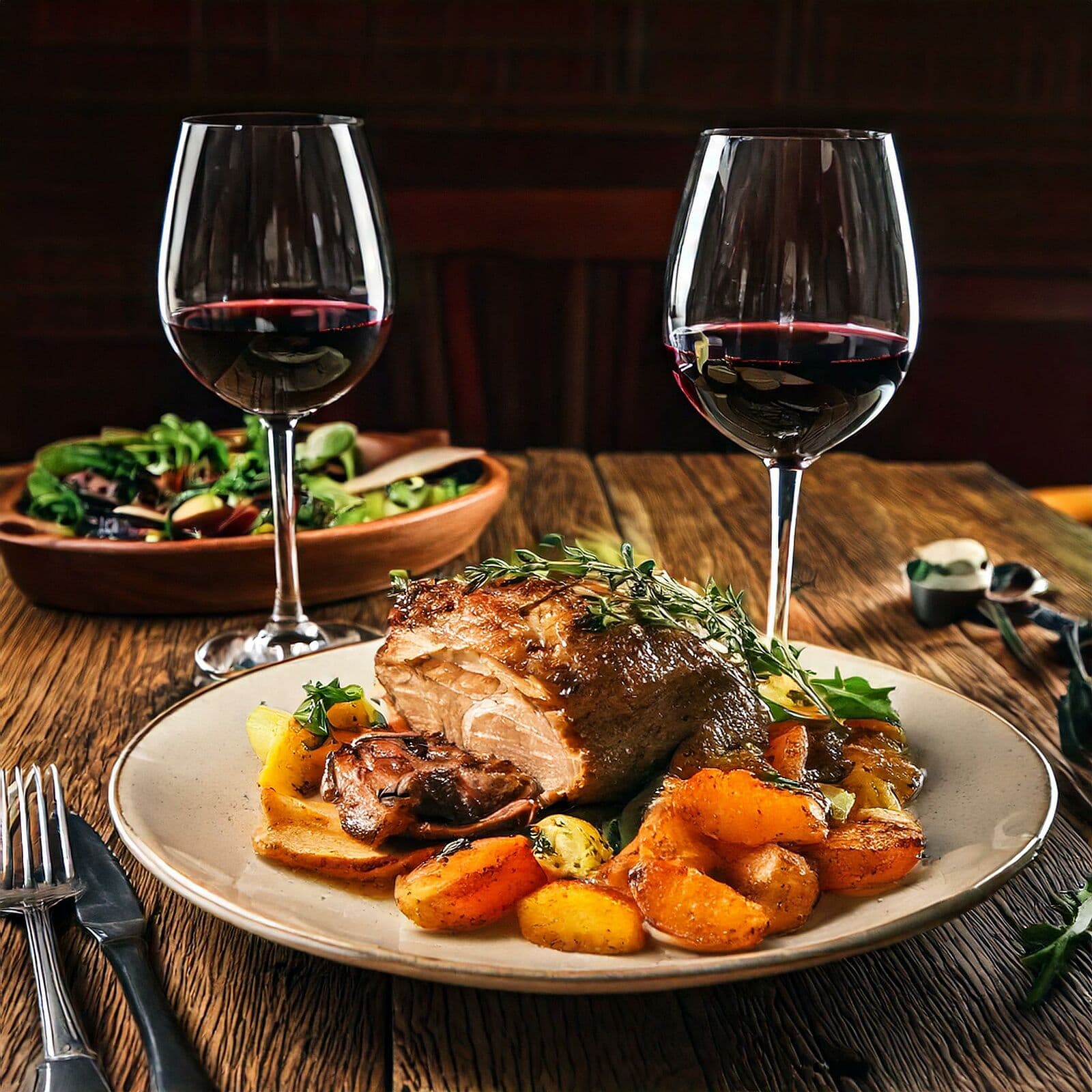
Red wine isn’t just for pairing with meat! Vegetarian dishes can also match beautifully with red wine:

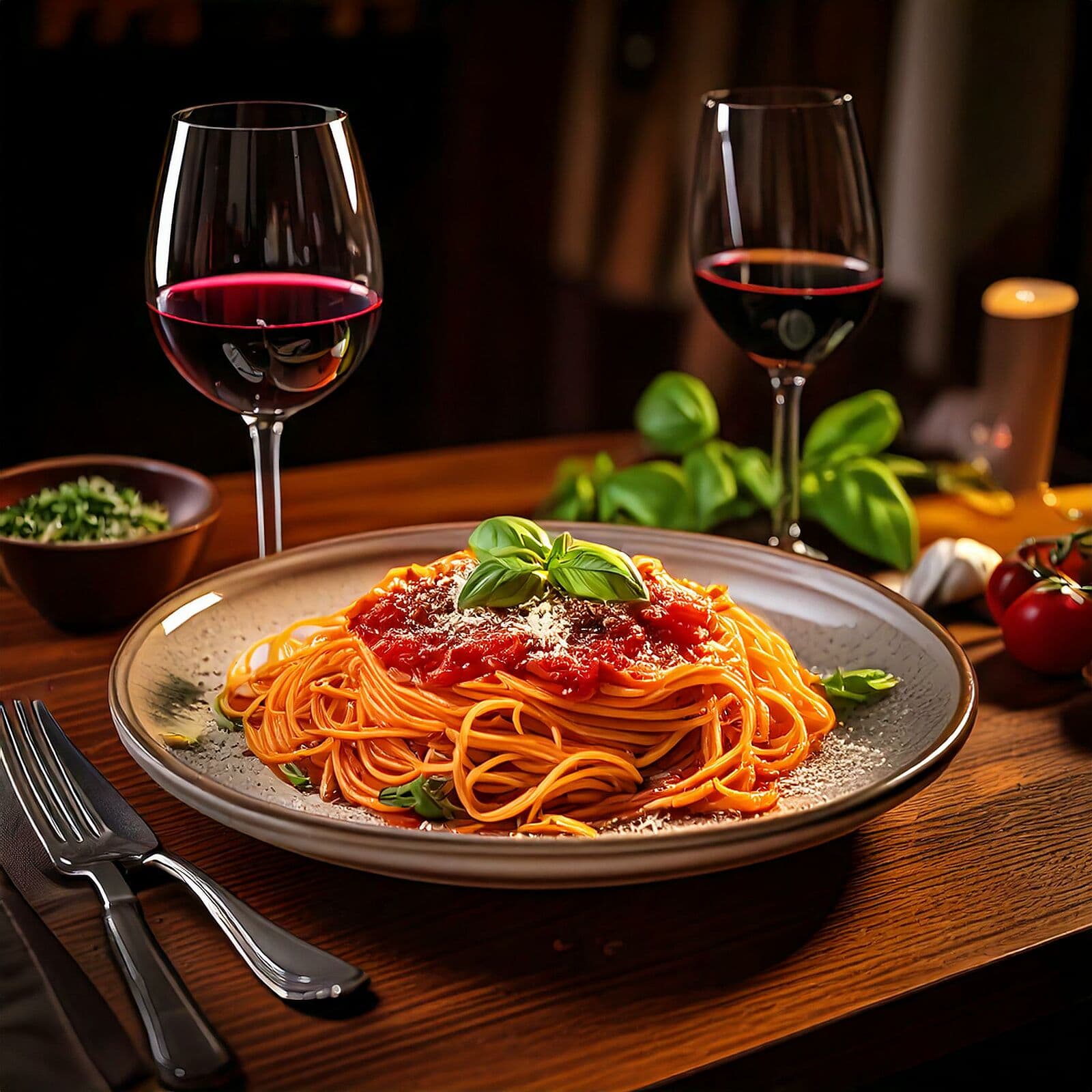
Cheese and red wine are a match made in heaven:
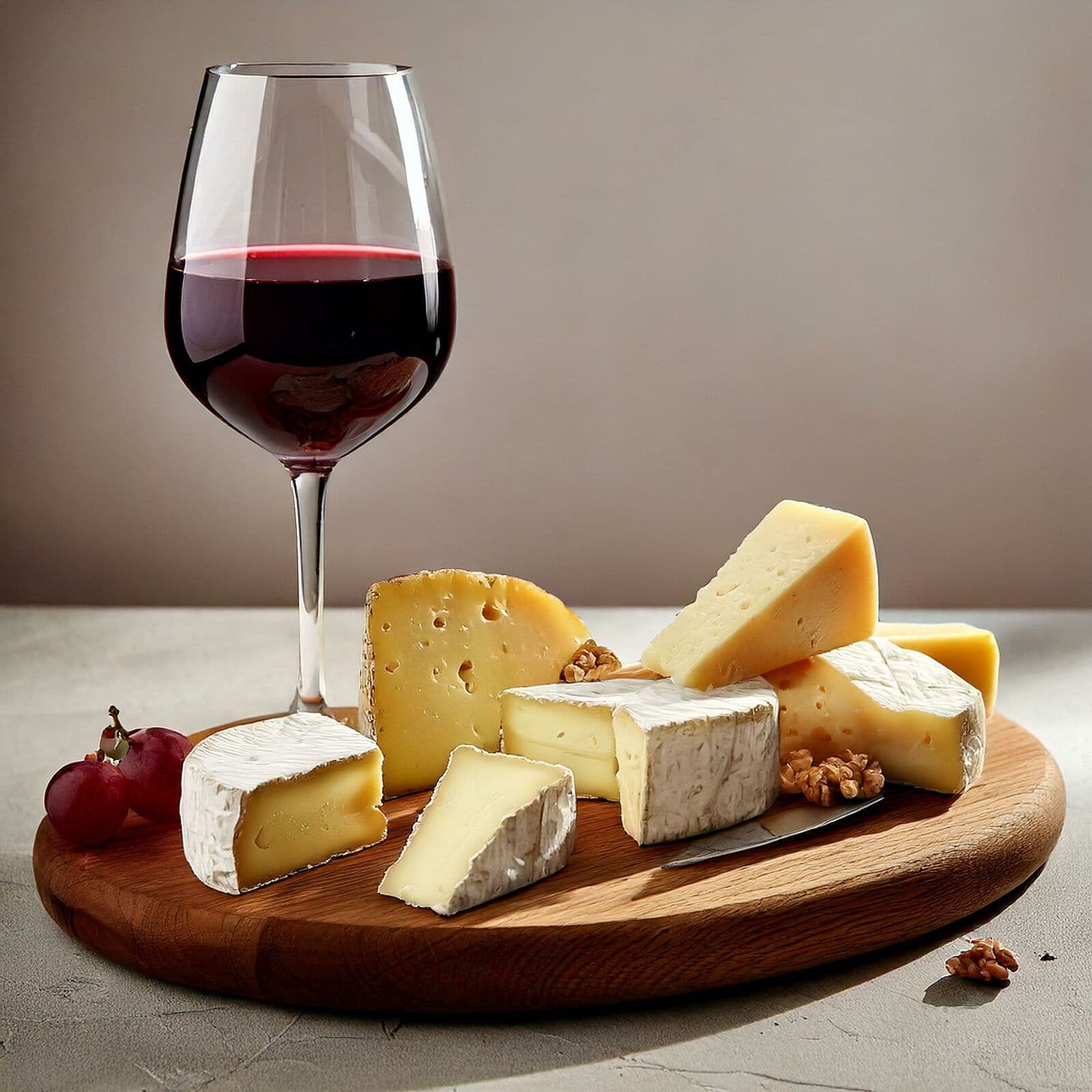

Serving red wine correctly enhances its flavours and brings out the best in your bottle. Here are some factors to consider for the perfect red wine pour:
At De Bortoli, we’re proud to offer a wide range of red wines to suit all tastes. We’re dedicated to sustainable winemaking, so our wines are as kind to the planet as they are enjoyable to drink. Explore our red wine collection here.
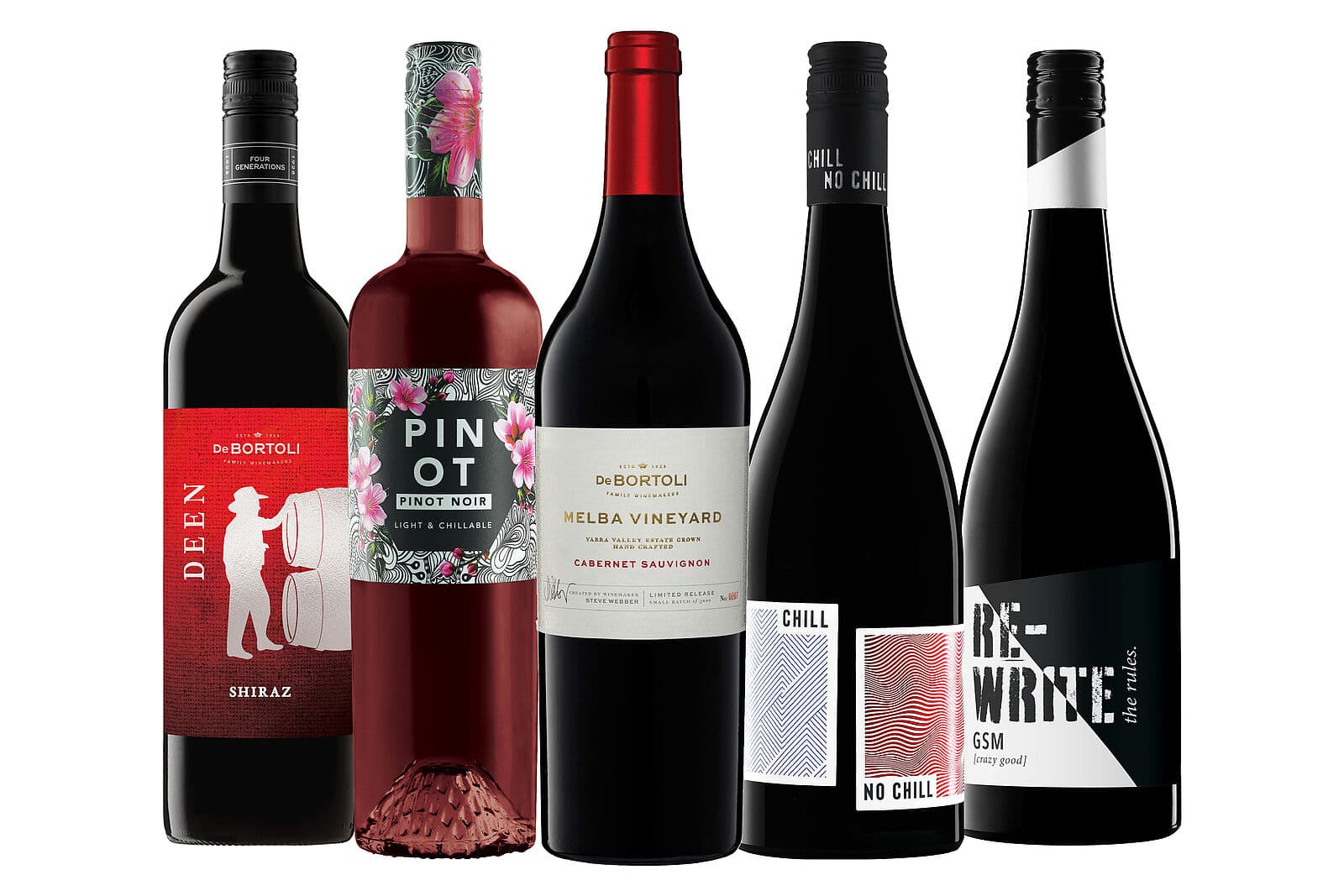
You should store unopened red wine in a cool, dark place with a consistent temperature (ideally 12–16°C). Store bottles on their side to keep the cork moist and prevent air from entering. Many fine wines designed for cellaring are now sealed with screw caps that can store vertically.
Wines with higher tannin and acidity, like Cabernet Sauvignon or Shiraz, often improve with age. Ageing red wine can develop its flavour, smell, texture, and complexity. Ageing can help soften strong tannins, leading to a smoother and rounder mouthfeel. Be sure to check the winemaker’s recommendations for optimal drinking windows, and remember that wine can be just as fantastic when enjoyed immediately too!!
Once opened, red wine can last 3–5 days if sealed properly and stored in the fridge. A vacuum pump or inert gas wine preserver can help extend its freshness.
Sign up for offers, wine insights, food and more